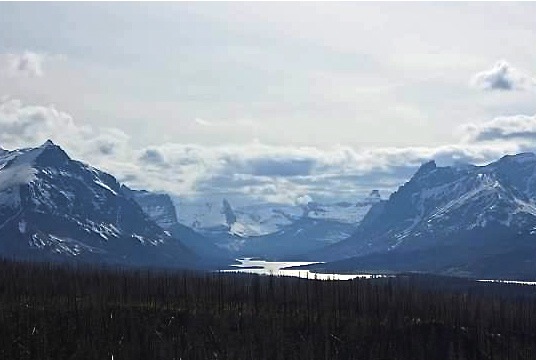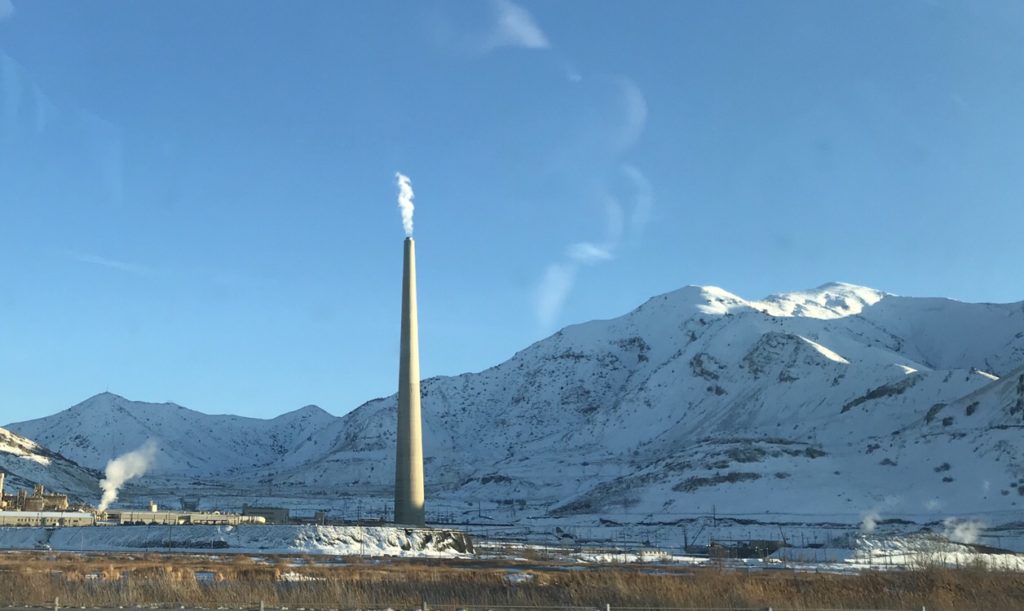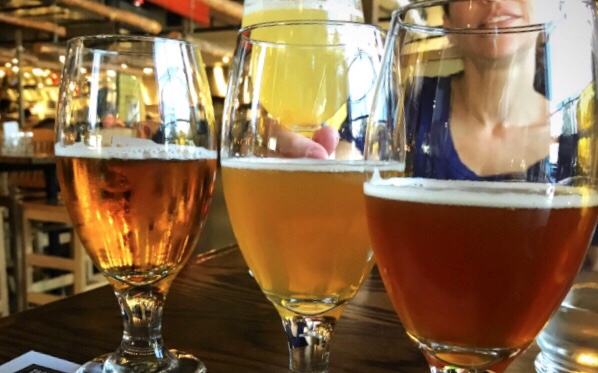 What’s the best alcohol for the environment? Beer, wine, whisky, vodka, cider? Unfortunately, there isn’t one easy answer. But there is a path to drink a more environmentally friendly booze. I’ll show you that path by presenting the factors that make your favorite drink more or less earth-friendly. There’s a plethora of information here, including the debate between bottles and cans. This is your guide to drinking the best alcohol for the environment.
What’s the best alcohol for the environment? Beer, wine, whisky, vodka, cider? Unfortunately, there isn’t one easy answer. But there is a path to drink a more environmentally friendly booze. I’ll show you that path by presenting the factors that make your favorite drink more or less earth-friendly. There’s a plethora of information here, including the debate between bottles and cans. This is your guide to drinking the best alcohol for the environment.
Here’s the path to drinking the best alcohol for the environment. Continue reading



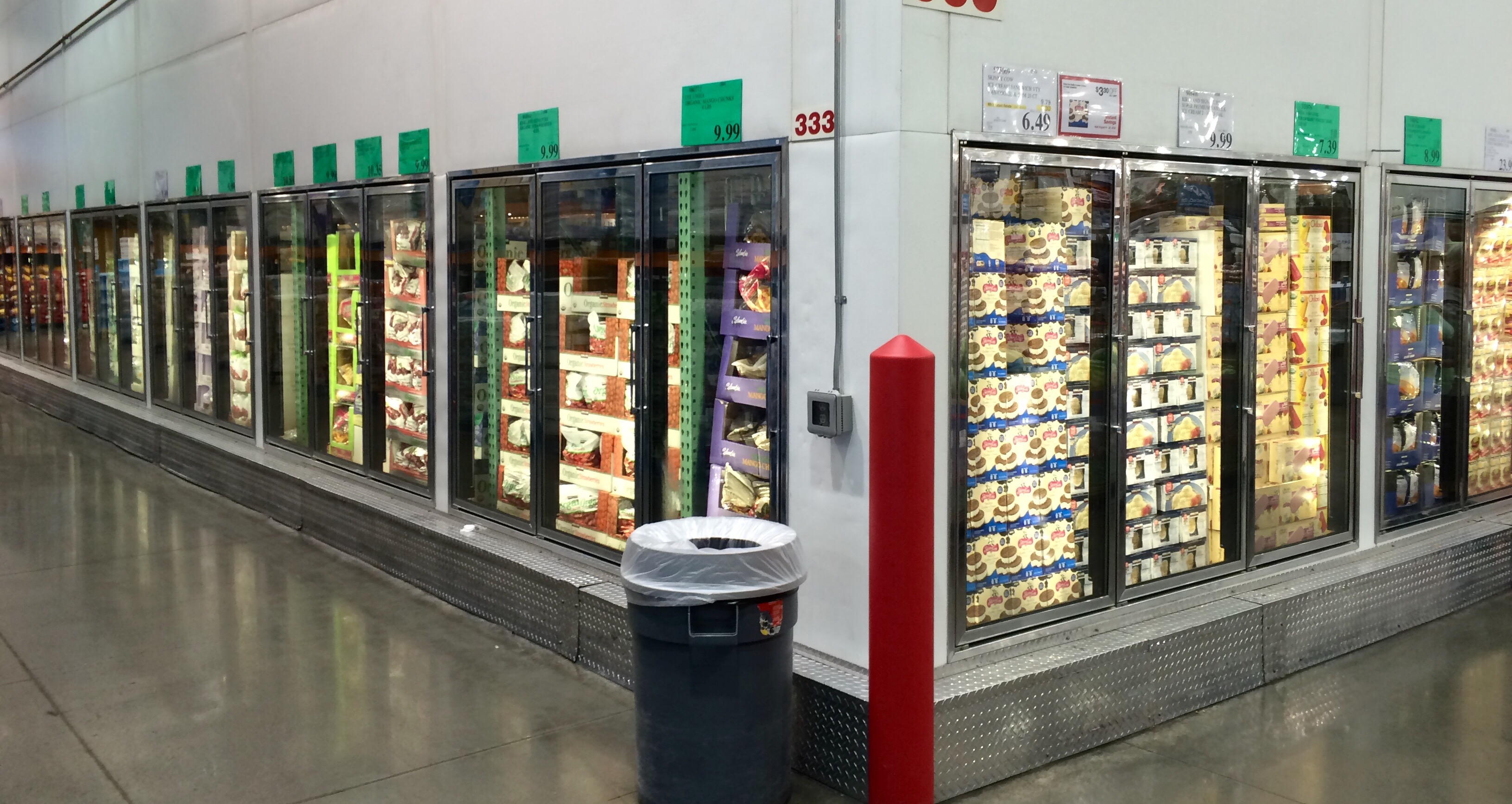

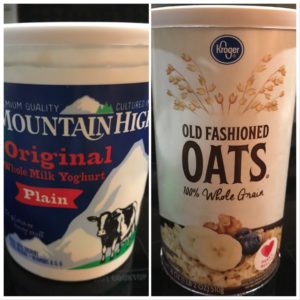 Do you eat oatmeal or yogurt for breakfast? Is your choice dependent on taste, diet or another factor? Is that other factor the environmental impact? I recently swapped out my yogurt for oatmeal to try something new. Then I looked into the comparisons of yogurt versus oatmeal beyond taste. First, the health impacts and then the environmental impacts. There’s a plethora of information on the health debate of yogurt versus oatmeal. I provided links at the bottom for you to make your own health choice. So who wins the environmental impact battle of yogurt vs. oatmeal?
Do you eat oatmeal or yogurt for breakfast? Is your choice dependent on taste, diet or another factor? Is that other factor the environmental impact? I recently swapped out my yogurt for oatmeal to try something new. Then I looked into the comparisons of yogurt versus oatmeal beyond taste. First, the health impacts and then the environmental impacts. There’s a plethora of information on the health debate of yogurt versus oatmeal. I provided links at the bottom for you to make your own health choice. So who wins the environmental impact battle of yogurt vs. oatmeal? 
